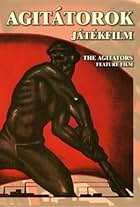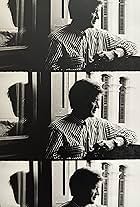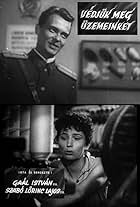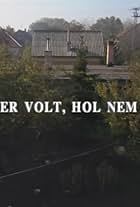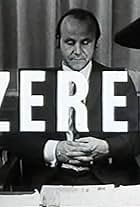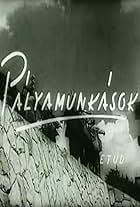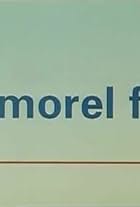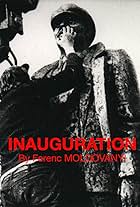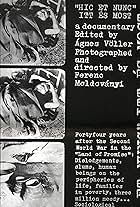Advanced search
- TITLES
- NAMES
- COLLABORATIONS
Search filters
Enter full date
to
or just enter yyyy, or yyyy-mm below
to
to
to
Exclude
Only includes titles with the selected topics
to
In minutes
to
1-45 of 45
- In the Soviet-republic of Hungary, 1919 the agitators of the communist party have to face the problems of the dictatorship of the proletariat. As the situation worsens they choose different solutions to cope with their issues.
- Educational film on fire safety in the textile industry, featuring well-known filmmakers.
- Based on Shirley Jackson's eerie short story The Summer People.
- THE REPAIRMAN is a hilarious black comedy in which a government agent (disguised as a telephone repairman) is assigned to observe a blacklisted writer, but ends up ingeniously blackmailing him to write the reports about himself. Also to have an audience, at last - someone who is truly familiar with his censored books and plays - the writer agrees but soon discovers that now even the reports he writes on himself are considered to be too dark and harsh so even these are censored again
- A middle-aged clerk is terrified by his neighbor's aggressive GermanShepard and would do anything to please that dog and its Master.
- A group of plate-layers are packing the stone-bed under the rail with their pickaxes. They swing their picks in a coordinated, rhythmic way, thereby creating a sequence of rings, when they hit the stones or the rail, which sounds almost as music. When a train passes by, they stand silent beside the rail for a while, and then start the rhythmic beats again.
- In the eighties the samizdat was the main tool of the underground democratic opposition to express their views. These illegal newspapers were passed from person to person in intellectual circles. The editors and publishers of the samizdat were often harassed by the police. This television program made by Ferenc Moldovanyi at the Academy of Film and Theater (Budapest) at the end of 1988, in which a well-known journalist Ákos Mester is the moderator of a discussion with the participation of the samizdat authors-editors-publishers, Ferenc Koszeg and Jeno Nagy and one of the leaders of the "information policy department" of the communist party (MSZMP) József Csikós. Following lengthy debates, the film was finally broadcast by Hungarian Television, late night in the March of 1989. It was very well received by audiences and in Filmkultúra (a Hungarian film-review) the broadcast of the program was declared as having historical importance in the country's television chronicle. Later on the complete text of the film was published in Magyar Sajtó (the magazine of Association of Hungarian Journalists).
- An 18-minute black and white short film (16mm) shot in 1988 during the last years of the communist era. Poverty was considered officially as non - existent in a country suffering from an economic crisis and heading for serious impoverishment. Out of ten million, three are living under the poverty line. An increasing number of homeless people, penniless pensioners, the brutally evicted impoverished families in Budapest in the November of 88. The various painful stages of poverty. The film also features Ms. Zsuzsa Ferge, a sociologist and well-known expert of poverty and one of the founders of the then illegal organization SZETA (a civilian movement for aiding of the poor) Ms. Ottilia Solt a sociologist too.
